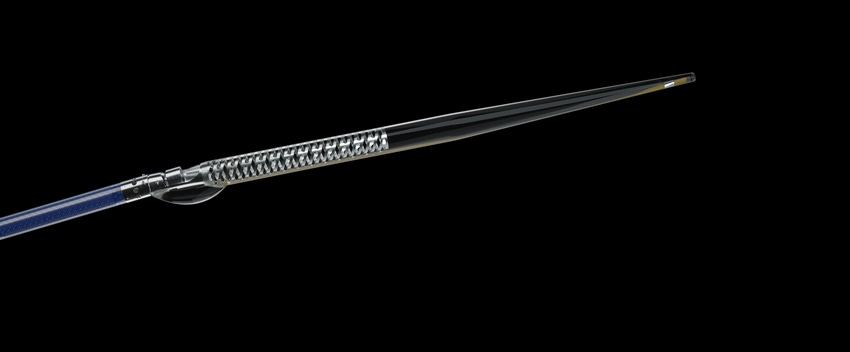Avinger is assembling a slew of indications and clearances to help expand the prowess of its Pantheris lumivascular artherectomy system in treating patients suffering from peripheral arterial disease (PAD).
March 30, 2018

Avinger, a medical device company, shares a lot in common with Marvel Comics' Avengers - beyond having similar spelling names. The Avengers have a premiere super hero called the Black Panther and Avinger has the Pantheris Lumivascular Artherectomy system. While Marvel's Avengers are fictional heroes that save lives, Avinger really helps improve the lives of patients suffering from peripheral arterial disease (PAD), through the use of the Pantheris device.
The Redwood City, CA-based company, which was formed in 2007 and went public in 2015 on a $65 million IPO, has been brimming with activity recently and is positioning itself to obtain a slew of indications and clearances to help expand the prowess of the Pantheris device.
“We’ve been on the market now in the U.S. since 2016 and we’ve seen a number of opportunities to improve the device,” Jeff Soinski, CEO of Avinger, told MD+DI. “That has led to a 510(k) filing (in late December) for a next generation Pantheris [device].”
Avinger's Lumivascular technology allows physicians to see from inside the artery during an atherectomy procedure by using an imaging modality called optical coherence tomography (OCT). The modality is displayed on Avinger’s Lightbox console.
Physicians performing atherectomy with other devices must rely solely on X-ray as well as tactile feedback to guide their interventions while treating complicated arterial disease. With the Lumivascular approach, physicians can more accurately navigate their devices and treat PAD lesions, thanks to the real-time OCT images generated from inside the artery, without exposing healthcare workers and patients to the negative effects of ionizing radiation.
The next generation device includes a simplified single balloon system for both apposition of the device and occlusion of blood flow, a stiffer shaft for increased pushability.
During a conference call held in March, Avinger executives indicated that once the company receives FDA clearance for the next generation Pantheris, then the plan is to first introduce the device to a limited number. Then the firm would ramp up production and gain purchasing approvals for a rollout to its broader account base.
The company recently said it had successfully treated the first three patients with the extended nosecone version of the next generation Pantheris in European centers.
“That extended nose cone gives the ability for the storage capacity to be increased by 75 percent,” Soinski said. “The reason that’s important is that it should provide for more efficiency in the procedure, which would be particularly important when you’re treating these long-diffused lesions or lesions where there is a lot of plaque.”
The big story on the horizon for Avinger’s Pantheris is securing an indication to treat in-stent restenosis (ISR). In October, Avinger began enrollment to evaluate the safety and effectiveness of Pantheris when treating ISR. The study is expected to enroll up to 140 patients in 20 sites. The company said ISR represents about 20% of PAD procedures in the U.S.
“We see ISR as an important opportunity for us and it is a particularly challenging lesion,” Soinski said. “Because of our imaging we can quite readily see the stent strut and provide the control for the physician, so they can target the plaque inside the stent, but avoid damaging that stent.”
The company would have a six-month-follow up for the patients, which should be complete in 2019. The firm would submit to the FDA sometime after.
Soinski said the company doesn't have much in the way of competitors.
"We're not aware of anyone else who is actively pursuing the combination of real time imaging with therapeutic catheters in a single device," Soinski said. "It's really challenging to do and there is a lot of intellectual property and technology know-how that's been developed over 10 years now at Avinger, to be able to do this."
About the Author(s)
You May Also Like




